4838 Richard Road SW, Suite 400 | Calgary, AB, Canada T3E 6L1
Telephone: 403.910.1000
Oil Shale | What Is It?
Oil shale is a sedimentary rock containing a solid organic material called kerogen. Kerogen is a complex hydrocarbon molecule resulting from the gradual decomposition of organic residue from plant and animal life and can be thought of as a very immature form of oil and gas. Given sufficient time, geologic forces could convert kerogen into conventional oil and gas. This natural process would take millions of years. Using modern processing techniques, the trans-formation can be rapidly accomplished and kerogen can be converted into non-conventional oil and gas.
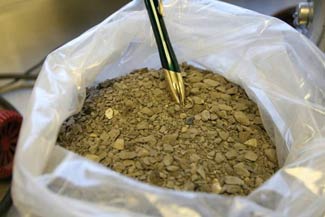
Crushed Oil Shale Containing Kerogen that will Yield 130 litres of oil per tonne of dry rock when Pyrolysed
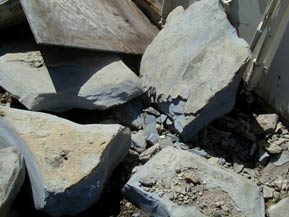
Oil Shale Prior to Crushing
Kerogen molecules are very large and complicated. When the kerogen is heated to temperatures greater than 425 to 500°C (800 to 930°F) in an anaerobic atmosphere, the large kerogen molecules are broken into smaller pieces, similar in properties and distribution to conventional oil and gas. This heating and decomposition process is called pyrolysis.
Oil recovered from the processing of the kerogen rich oil shale is called shale oil. Shale oil is similar in many ways to conventional oil, but does have some differences. Shale oil tends to contain higher concentrations of impurities such as sulphur and nitrogen than does conventional oil. Shale oil produced via pyrolysis also tends to be unsaturated and deficient in hydrogen.
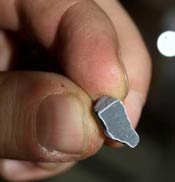
Shale Particle after Pyrolysis and Combustion
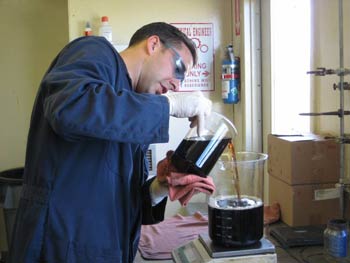
Shale Oil
These impurities can be removed, and the hydrogen deficiency eliminated, using standard refining practices such as hydrotreating. The process of improving non-conventional oil quality is generally referred to as upgrading. The upgraded oil product could be sold as a synthetic crude oil or as finished products such as gasoline or diesel.
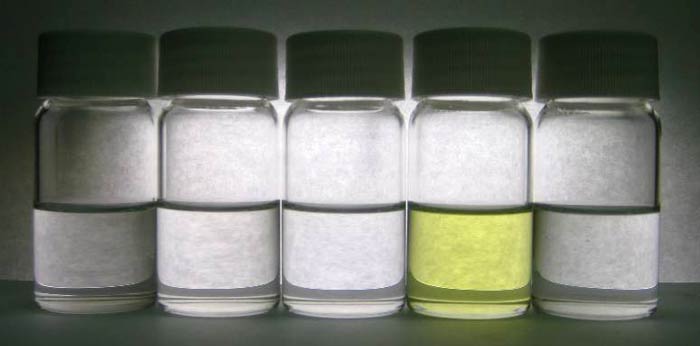
Hydrotreated Oil (distillation fractions on left and heavy/light oil fractions on right)
